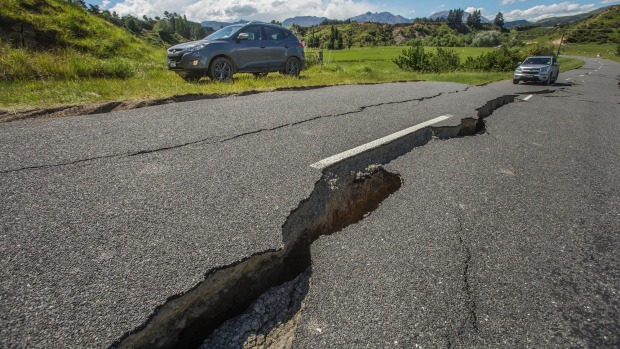His election has already unleashed the fastest rise in long term interest rates in nearly 8 years. President Trump promised to slash corporate and personal income taxes while unleashing an infrastructure spending spree. Doing both at the same time is a recipe for a blowout in budget deficits and a jump in US Government borrowing.
The US bond markets are the largest and most liquid financial markets in the world and represent a type of ‘wisdom of the crowds’ that is often more accurate than political pundits. US Treasury bond yields have risen almost 100 basis points in the last six weeks and that is flowing through into higher wholesale interest rates in New Zealand because US Treasury yields form the basis for global rates.
Several banks have increased their longer term mortgage rates in the last fortnight. That’s despite the Reserve Bank delivering a 25 basis point cut in the OCR to a record-low 1.75% as expected on November 10. The central bank forecast the official rate would be unchanged around 1.7% until at least the end of 2018. But Governor Graeme Wheeler also acknowledged that mortgage rates and term deposit rates were unlikely to fall much further, or at all, after this latest OCR cut. That’s because banks now face a funding gap between term deposit growth, which is slowing, and mortgage lending growth, which was very strong until July.
Before 2008, these banks could easily and cheaply go overseas to borrow on ‘hot’ money markets. But new Reserve Bank rules force the banks to borrow locally and for long terms from bond investors and term depositors. Banks such as ANZ and Westpac have also both said they have tightened their lending criteria and are actively pulling back from lending so much to rental property investors and apartment developers. The end result is that short term mortgage rates have not fallen any further and long term rates are rising.
Then on November 14 earthquakes cut the road and rail links through Kaikoura and shook Wellington’s CBD and port badly. The Government faces NZ$2-3 billion worth of repairs to transport links and the residential real estate market ground to a halt as insurers initially stopped rolling over policies from vendors to buyers. The Government can afford to borrow the funds, but it may increase longer term interest rates at the margins. Rising long-term interest rates and the earthquakes have certainly put a damper on activity through late November. However, the economy is still broadly growing at 3-4%, with plenty of impetus ahead as construction work builds up in Auckland and the tourism industry gears up for another record summer. Migration also remains at record highs and housing supply in Auckland remains well below demand. The market may be shaken and stirred, but it is far from broken.
The bottom line:
- House price inflation ran at an annual rate almost 15% in October.
- The Reserve Bank cut the Official Cash Rate to a record-low 1.75% in November and forecast it would stay there until 2019.
- Banks are not passing on the OCR cuts to floating mortgage borrowers and have stopped cutting fixed mortgage rates.
- Long term mortgage rates are rising as global yields rise in the wake of Donald Trump’s election, which is seen as inflationary.
- Banks are increasing net interest margins to hold more capital and are having to pay more for local term deposit funding to meet regulatory requirements.
- The Reserve Bank says its new 40% deposit requirement for landlords from October and tighter bank lending rules seem to be moderating housing market inflation, which it still thinks is excessive.
By Bernard Hickey



